The City of John The Baptist
Land of Jesus
“In those days Mary arose and went with haste into the hill country to
a town of Judah; and entered the house of Zechariah and greeted
Elizabeth.When Elizabeth heard the greeting of Mary, the infant leaped
in her womb, and Elizabeth was filled with the Holy Spirit ; and
exclaiming loudly said : – Blessed art thou among women and blessed is
the fruit of thy womb . And why has this happened to me, that the
mother of my Lord comes to me? … “
(Luke 1 , 41-43 )
Ain Karem, which translates as ” Fountain Vineyard ” is a small
village near Jerusalem, west of the new town and about 6 kilometers
from the Jaffa Gate. This town is where the tradition has been of
remembering two facts related in the Gospel of Luke: The Visitation of
Mary to her cousin Elizabeth and the birth of John the Baptist. It was
precisely the visit of the Virgin who gave name to the main church of
the village.
CHURCH OF THE VISITATION
Saint Luke is, as mentioned above, the only evangelist who describedthe meeting between the two women, in which Mary uttered the immortal words Zechariah, Elizabeth’s husband, was a priest of the Temple of
Jerusalem, and it was while he was there that the angel Gabriel
appeared to him to announce the pregnancy of Elizabeth, but Zechariah
was so incredulous that he was speechless until birth his son, John,
called the Baptist.
Near the church, in the center of the village, is the Spring of Our
Lady Mary, where it is said that the Virgin rested before her final
ascent to the house of her cousin.
A fence outlines the Franciscan property, structured around a
courtyard whose right wall is completely covered by the Magnificat in
numerous languages. It is a way to honor Mary and with it, praise God
in different words but with the same feelings of her joining the
voices of all peoples of the earth.
In this place there are two churches, both designed by architect A.
Barluzzi and are decorated with frescoes Cesare Vagarini .
From the courtyard you enter directly into the lower chapel or crypt
behind the eastern portico.
The frescoes represent the meeting of Mary and Elizabeth, with
Zechariah offering incense in the temple and on the right Elizabeth
protecting her child (John) from death by Herod. And further down the
tunnel there is a small vaulted ancient cistern.
To the left of the entrance courtyard a staircase which leads to the
upper church.
It is built on the foundations of the “Crusader Church” .
There are also frescoes depicted on the south wall, front to back: the
Council of Ephesus, where the divine motherhood of Mary was
proclaimed; Our Lady of Refuge; Mary Mediatrix in the wedding at Cana
;Mary Help of Christians, at the Battle of Lepanto ; and Duns Scotus
defending the immaculate conception of the Virgin.
Excavations by the Franciscan archaeologist Bagatti in 1937 have shown
that the site was occupied from the twelfth century BC to the
Byzantine period, during which it became a place of Christian worship
.
Most likely the existence of two separate places of Christian worship
have no other explanation than exaltation of the birth of John and
Mary’s visit to her cousin.
CHURCH OF SAINT JOHN THE BAPTIST
The church is built on the traditional site of the house of Zechariahand Elizabeth, parents of John the Baptist, and the remains of aByzantine church from fourth century .It was built by the Crusaders and restored by the Franciscans in 1675.
Under the porch can be seen, through a sort of grid, a kind of crypt
where a Byzantine mosaic is preserved which acclaims: “Hail, martyrs
of God,” which most likely refers to the monks killed by the
Samaritans in uprising of the sixth century .
The church has three naves and a dome. In the chapel, at the back of
the north aisle, is a cave believed to be of the house of Zechariah
and Elizabeth. Under the altar is written a Latin inscription which
translated reads: “Here the Precursor of God was born .”
The church walls are covered with tiles from Valencia, brought during
the reign of Isabel II. The paintings that decorate the walls are from
different schools of Spanish painting.
Above a painting depicts the beheading of John the Baptist, Ribalta
,above the door of the sacristy ; the large number of Spanish works is
due to the fact that this shrine was owned by Spain until 1980, until
the government gave it to the Holy See.
Recently a cave was discoveredthat was part of a complex water system
dating to the eighth century BC, consisting of a large water reservoir
or tank 20 feet deep, and three outdoor pools …
This place is believed to be the a place of worship where baptisms
were preformed from the time of John the Baptist until the second
century.
Later, according to researchers, a community of monks who perpetuated
the memory of the Baptist was established here. Accordingly, they
called it Cave of John the Baptist.
John according to a “graffito” (engraving) is pictured with a nimbus
around the head, a stick in his left hand, and the right hand raised
in a gesture of proclamation.
It can be considered an iconographic parallel other engravings found
in Nazareth ,where the character, regarded as the John the Baptist,
carries in his hand a banner with the cosmic cross.
In the courtyard of the Church can be seen in many languages the
Benedictus (the prayer recited when Zacharias recovered his speech,
after the birth of his son John ) .

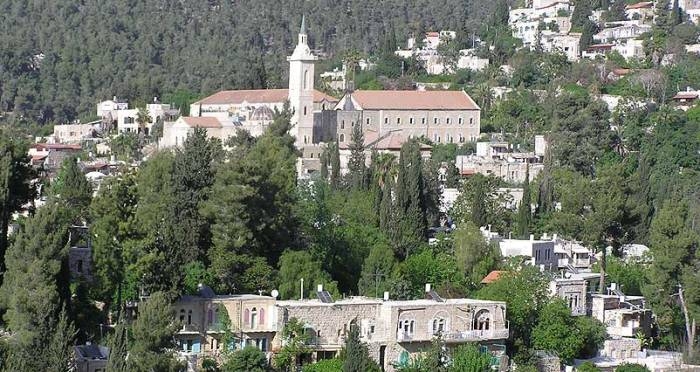

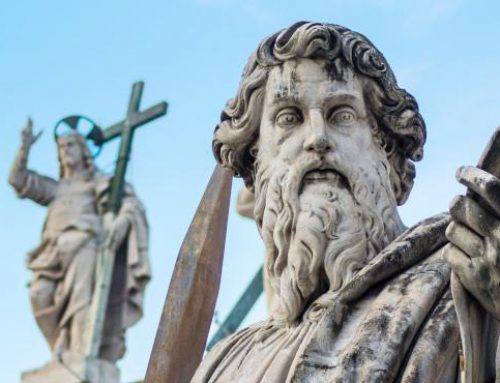
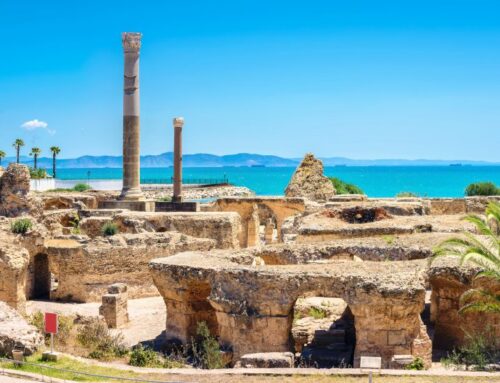
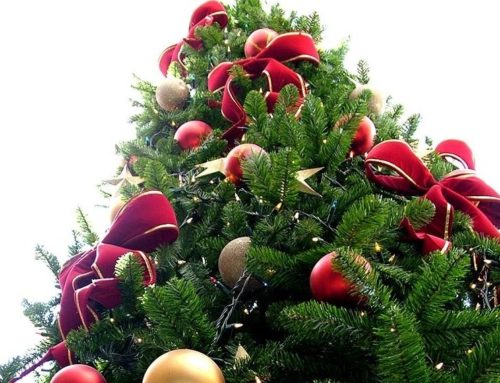
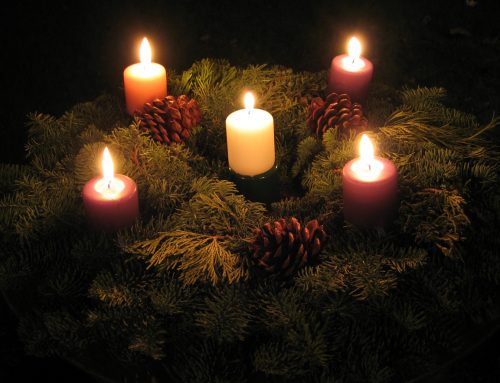
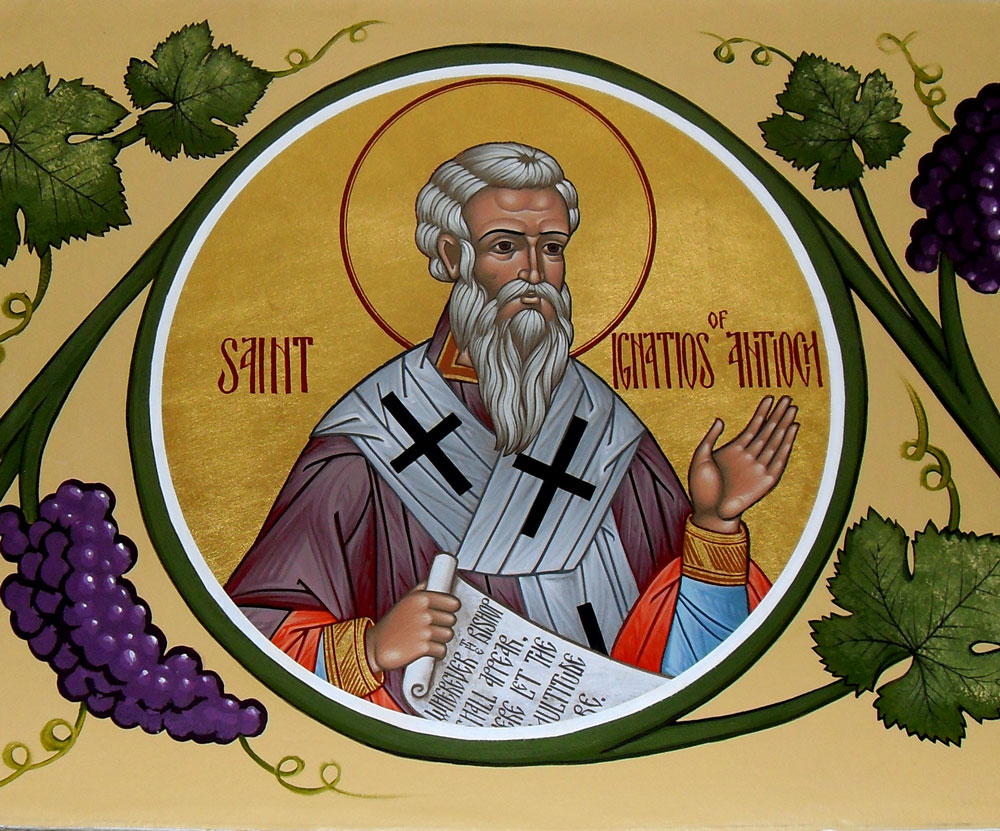
Leave A Comment
You must be logged in to post a comment.